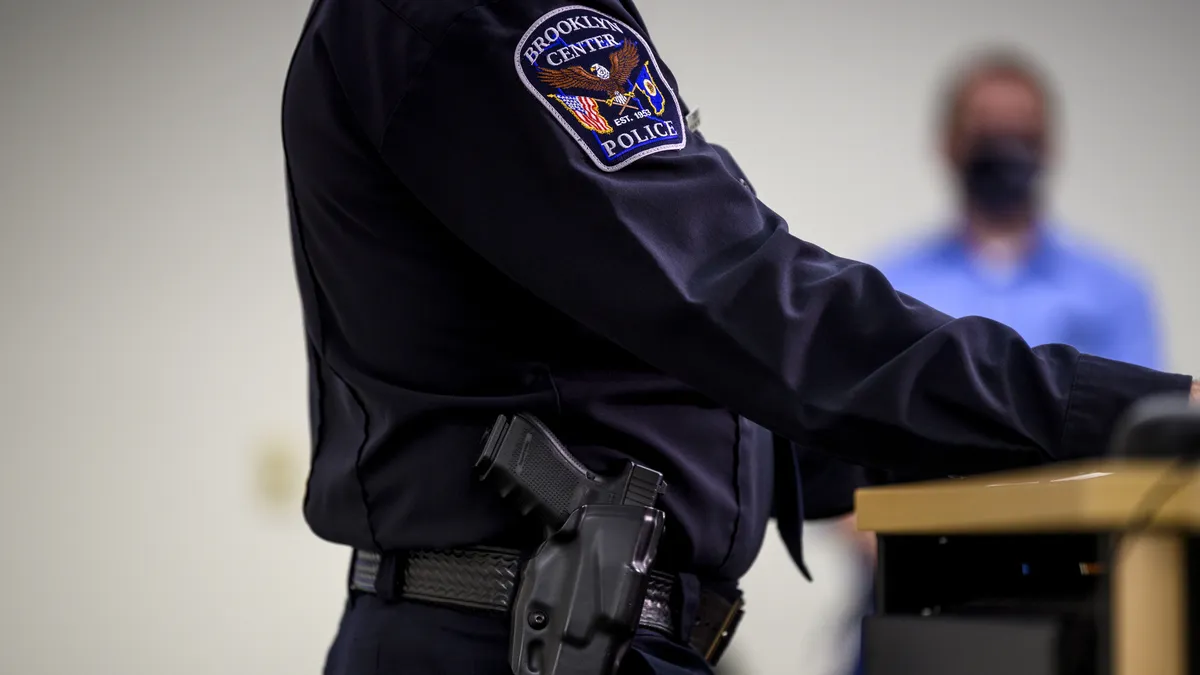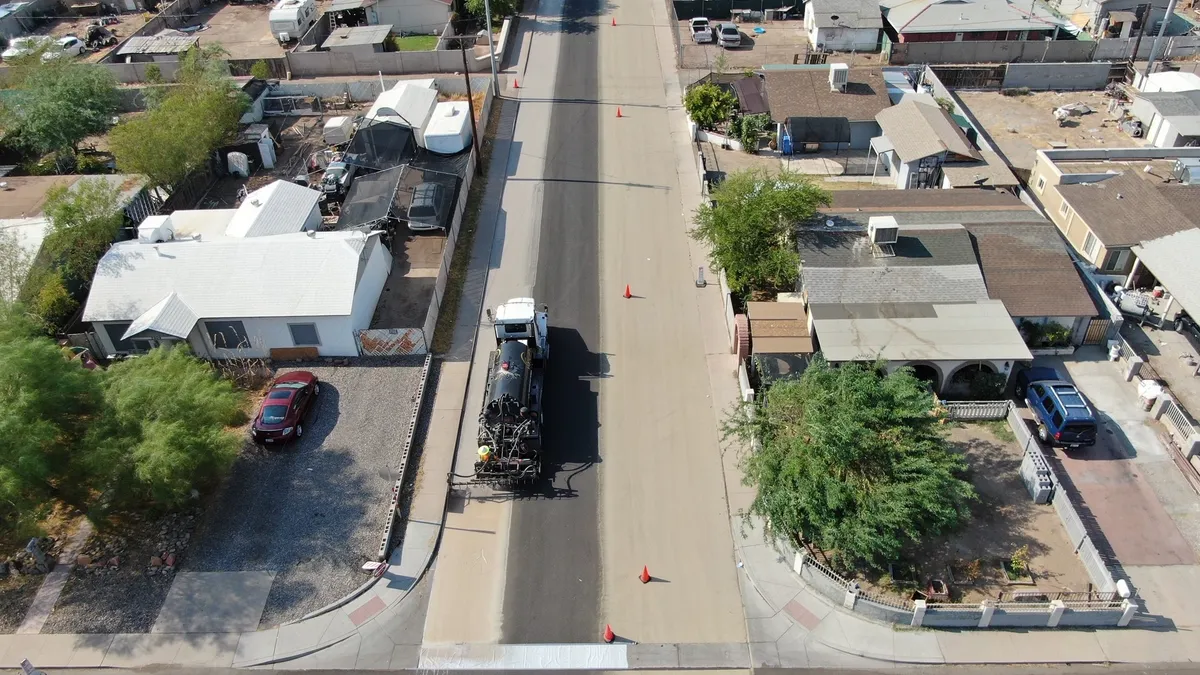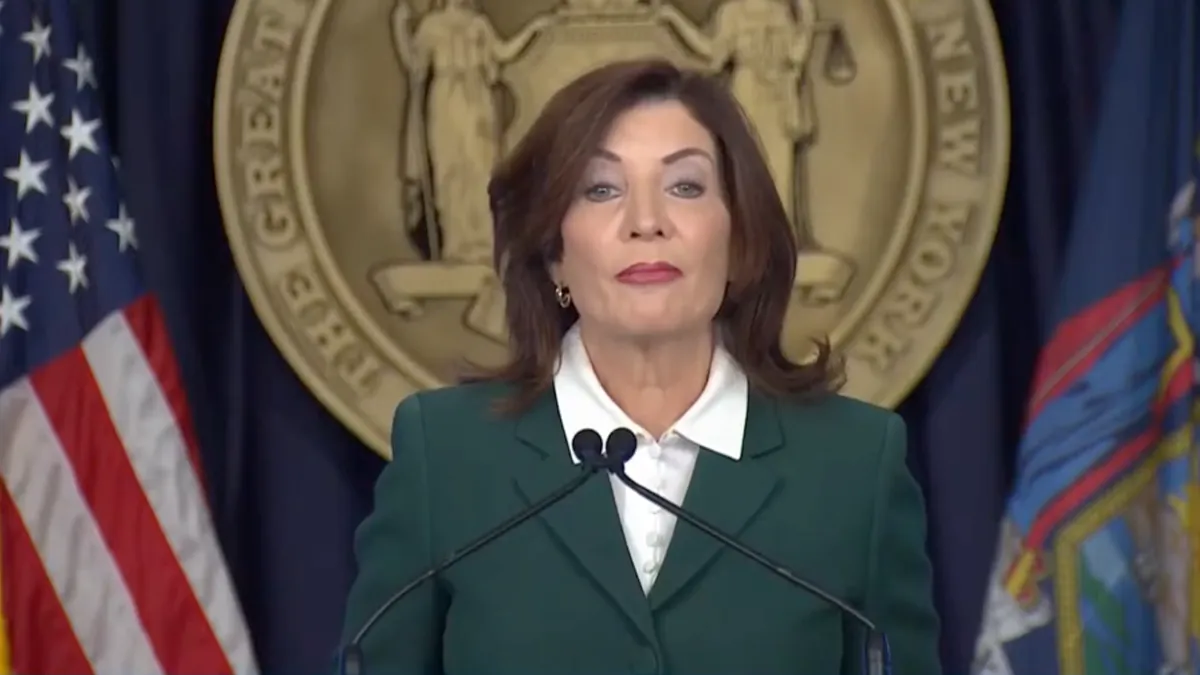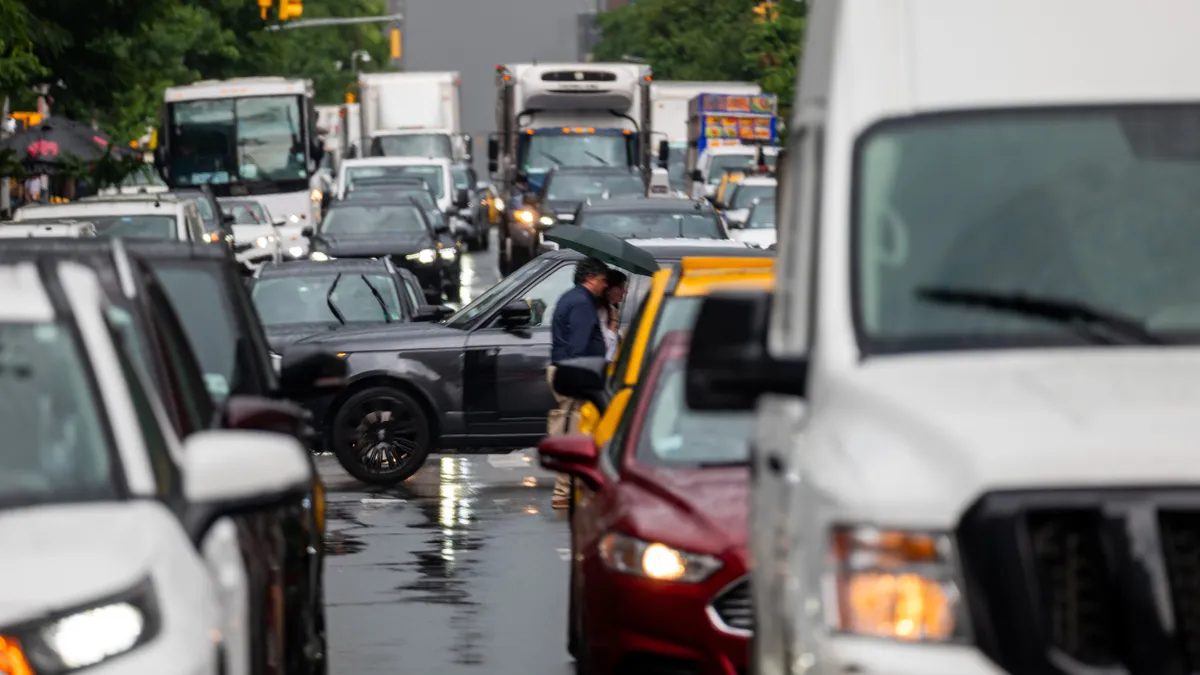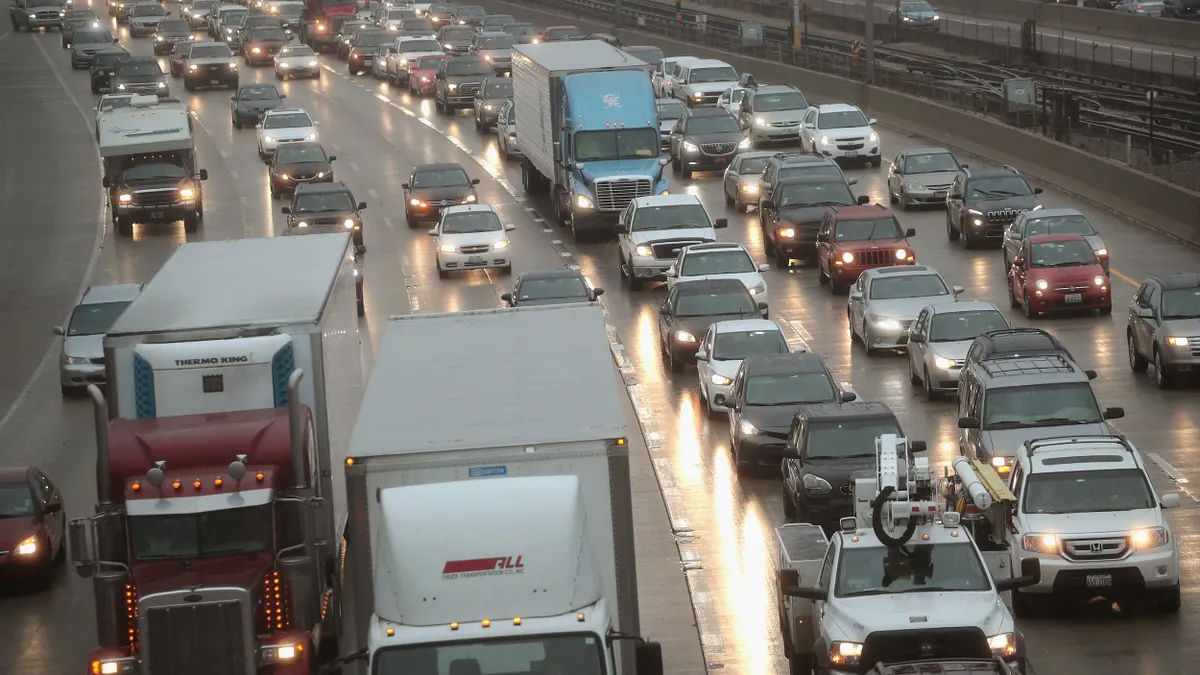The city of Brooklyn Center, Minnesota, last month became one of the latest localities to re-imagine the role of policing in traffic stops.
The city council passed a package of police reforms that calls for unarmed civilians — not police officers — to enforce certain traffic violations. The move follows an April incident in which a White former police officer shot and killed a 20-year-old Black man during a traffic stop.
Brooklyn Center isn’t alone in potentially overhauling its approach to policing and traffic enforcement. A recent Virginia bill limits the number of reasons police officers can pull over a driver, and the city of Berkeley, California, passed reforms in February that aim to limit police interactions at traffic stops.
These changes come roughly one year after the police killing of George Floyd in Minneapolis. They provide a potential model for other cities looking to address calls for police reform by removing officers from certain roles, using other approaches to enforce street safety instead.
"One of the biggest key themes of what we've been talking about in this body of work is about identifying the intersections between transportation policy and policing," said Berkeley City Councilmember Rigel Robinson. "And recognizing that in so many ways, mobility justice is racial justice."
'Traffic enforcement should really be a transportation safety issue'
Traffic stops are one of the most common ways the public interacts with police, according to research from the Stanford Open Policing Project.
Over 20 million U.S. residents are stopped by police for traffic violations each year. Black drivers are disproportionately more likely to be pulled over, on average, than White drivers, according to that research.
That racial disparity has scholars and other experts proposing alternative, transportation-driven solutions to enforcing traffic laws. "The key thing that we're doing is we're saying that traffic enforcement should really be a transportation safety issue," said Jordan Blair Woods, associate professor of law at the University of Arkansas School of Law.
First and foremost, he said, it’s important for the communities seeking alternative policing solutions to be the ones that drive those decisions. Ideally, he said, cities can create a Department of Transportation that includes unarmed traffic monitors to conduct traffic stops.
Certain technologies could also help reduce interactions between police and motorists. Automated traffic enforcement solutions like red light cameras and speed cameras, for instance, could be used in lieu of police officers.
However, Woods cautioned that automated enforcement can still perpetuate the racial inequities cities are trying to fix. Local leaders should ensure they don’t disproportionately place more cameras in communities of color, he warned. Automated ticketing can also be particularly harmful to low-income communities, he said.
"We don't want traffic ticketing to essentially be a backdoor way that vulnerable communities and marginalized communities are funneled into the criminal justice system," he said. "There needs to be some sort of civilian oversight."
Non-tech solutions like lowering speed limits — one of the most effective ways to reduce traffic deaths — and adding signage could also improve safe driving. More cities are considering those solutions as the U.S. grapples with a record year for pedestrian deaths amid a period of dangerous driving during the pandemic.
Potential roadblocks
The move to reform traffic stops still faces challenges.
The No. 1 obstacle, according to Woods, is the idea among law enforcement officers that traffic stops are especially dangerous. That idea is a myth, he said.
Violence against officers during police stops is rare; those stops are often low-risk and do not involve weapons, according to Woods' 2019 research. In a study of over 200 law enforcement agencies across Florida during a 10-year period, the rate of a "felonious killing of an officer during a routine traffic stop was only one in every 6.5 million stops," the article states.
State law also poses challenges to certain cities, Woods said, explaining that there are questions about whether state traffic laws or codes allow non-police officers to enforce traffic laws.
Hans Menos, vice president of law enforcement initiatives at the Center for Policing Equity (CPE), said public messaging will be one of the key obstacles to moving these efforts forward. Certain police leaders are telling the public that removing police from low-level offenses will also remove their ability to look for guns or encounter "bad guys," he said.
Using data to inform critical decisions
Data has also played an important role in shaping these decisions.
CPE worked with the city of Berkeley in 2018 to produce a data-driven report to better understand local policing practices. Through that research, the group found that Black and Hispanic people were much more likely to be stopped by police. Black drivers were about 6.5 times more likely per capita to be stopped by police than White drivers, and Black pedestrians were also 4.5 times more likely to be stopped on foot. Hispanic drivers were about twice as likely per capita to be stopped while driving than White drivers.
That information "set the table" for local decision-makers to understand the actual problems that exist and look at what’s possible in terms of reform, according to Menos. The data tells a clear story, he said, and it doesn’t allow biases about policing to get in the way.
To help address those inequities, the city of Berkeley passed multiple reforms earlier this year. Police officers will no longer stop drivers for certain minor offenses, for one. Other reforms include enforcing an intervention system to get biased officers "off the street" and determining the legality of firing officers who post racist social media content.
The Berkeley Police Association has opposed the measures, the Mercury News reports.
The city's Police Department forwarded a statement to Smart Cities Dive from a city spokesperson, saying they "are in a very preliminary stage" of addressing the reforms and have no further comment beyond certain information provided online at this time. A May 2021 document from the city's Fair and Impartial Policing (FIP) Task Force states: "The Berkeley Police Department is committed to continued collaboration with the FIP Task Force as we move towards full implementation."
Philip Stinson, a criminal justice professor at Bowling Green State University, said he worries that removing police officers from traffic stops, while well-intentioned, could have tragic results and end with just one traffic stop gone bad. We do have to re-imagine policing, though, he said, as there are many functions that local law enforcement agencies across the U.S. have been tasked with that were never meant to be police responsibilities.
The calls to remove police officers from traffic stops align with recent messaging from city leaders that police departments have been asked to do "too much for too long."
At a recent U.S. Conference of Mayors panel, experts said police have been "overburdened" and are not trained to deal with issues like mental health or homelessness. We have been overburdening them with things that they are not equipped to deal with," Baltimore Mayor Brandon Scott said during the event.
Menos agrees with that sentiment. "Most police officers didn't join policing to be the folks who handle these low-level ticketing offenses," Menos said. "Police are burdened." Taking away activities like traffic stops or mental health responses can give police the opportunity to instead engage the community in other ways or just focus on crime, he said.



